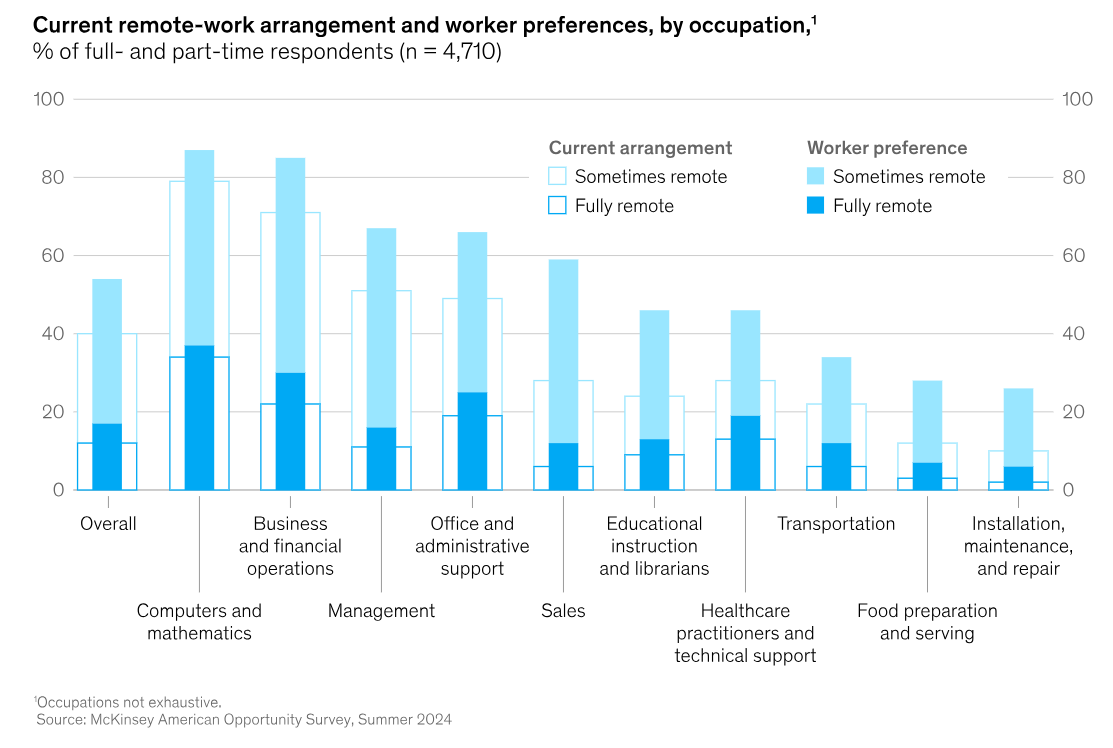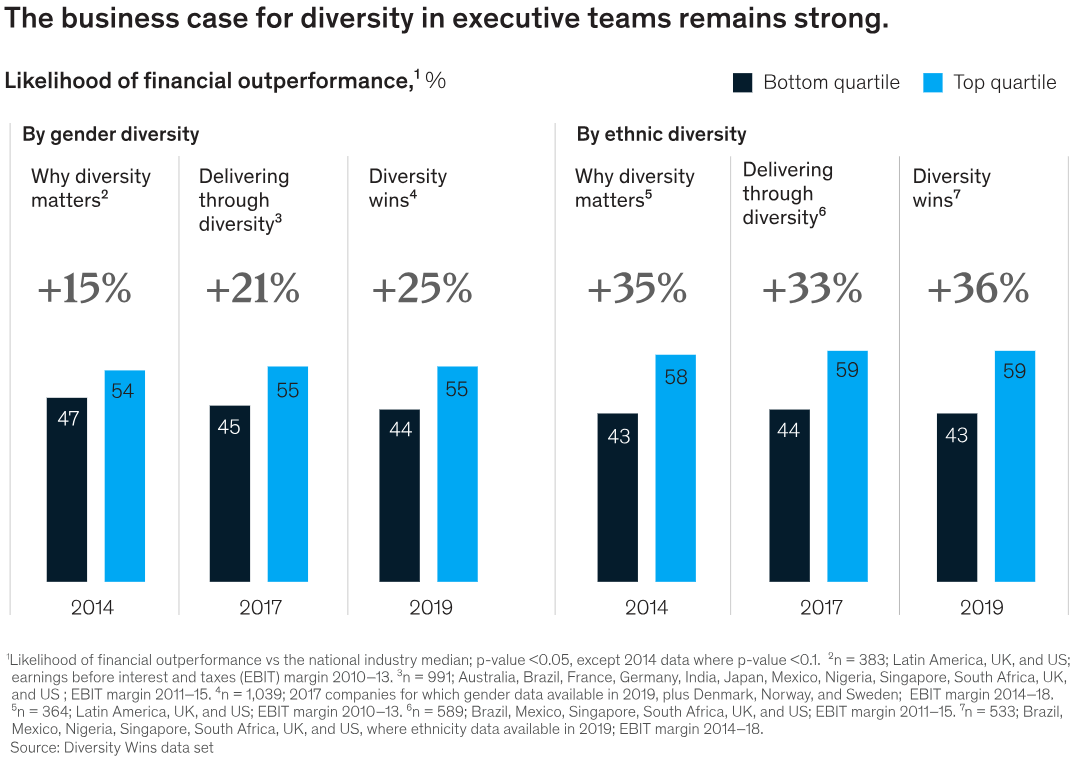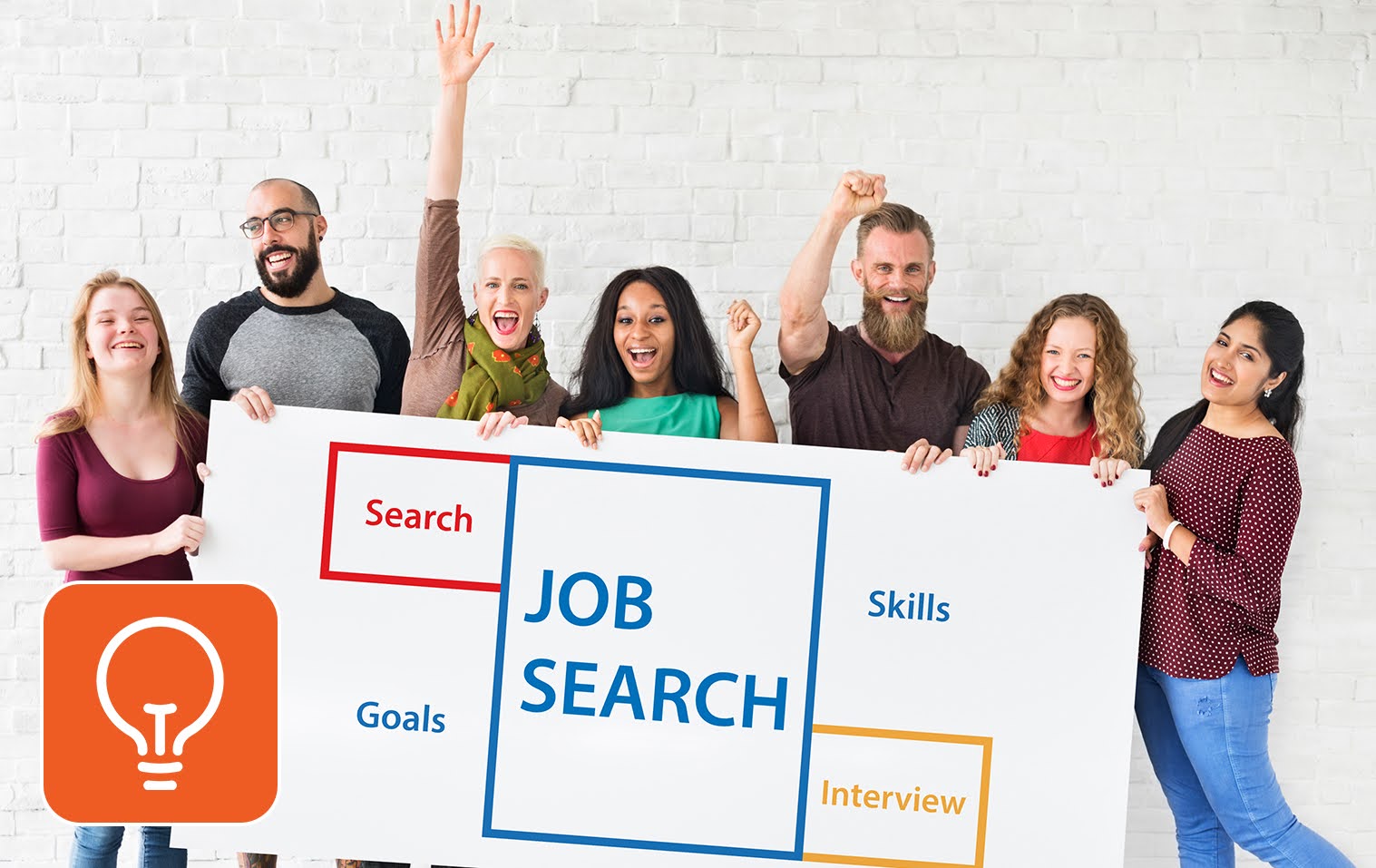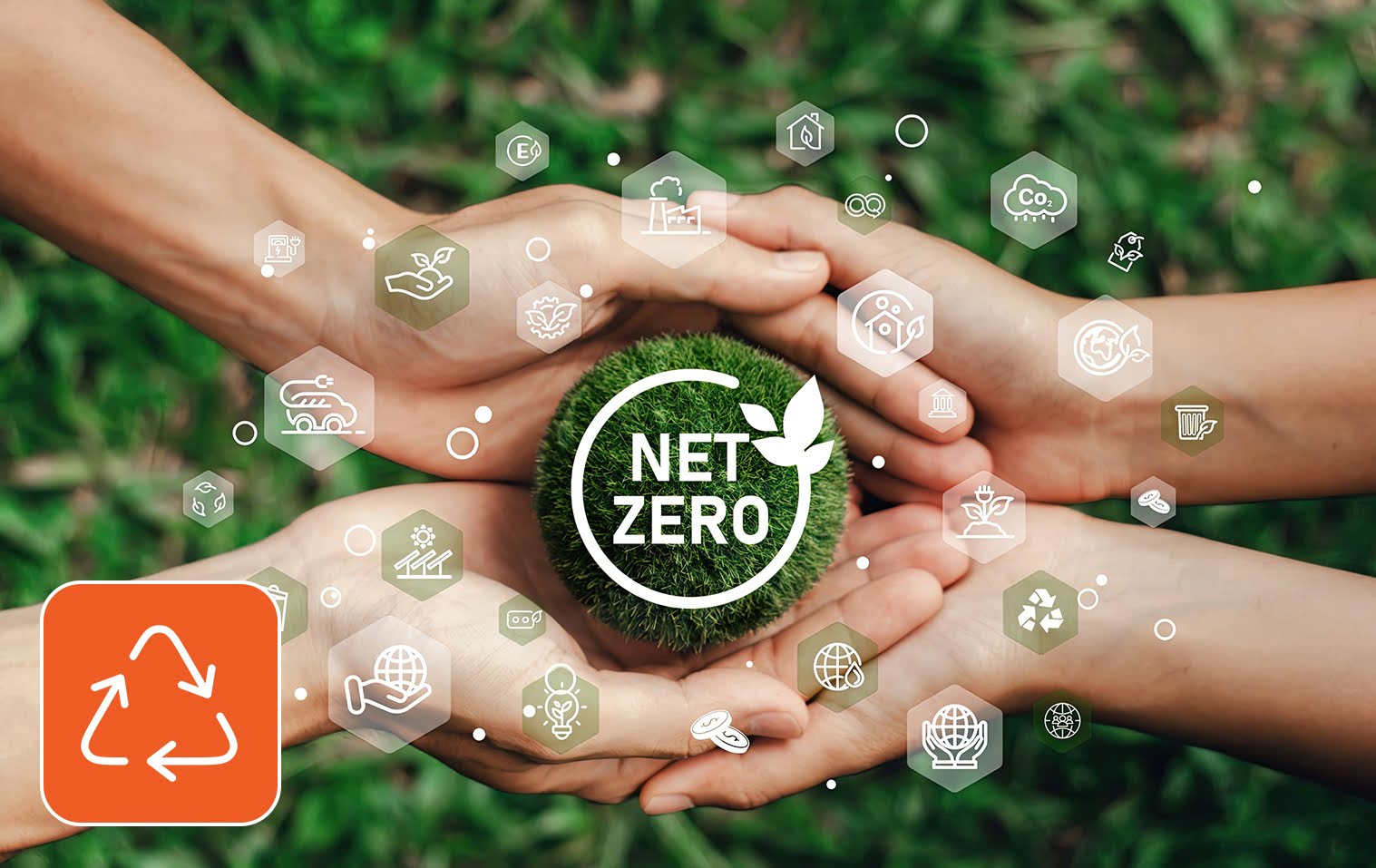The workplace is transforming at a pace that demands sharper strategy, not just adaptation. In 2025, organizations that get ahead are the ones actively reshaping how teams collaborate, engage, and grow. From rising expectations around employee well-being to the integration of intelligent automation, the workplace trends shaping 2025 are more nuanced, more human-centric, and more interconnected than ever before.
These trends reflect strategic shifts that impact hiring , retention, performance, and long-term resilience.
Here are eight key workplace trends that every HR and talent leader should track and act on.
1. Flexible Schedules Are Now the Norm
Workplace flexibility is no longer framed as a perk. It’s become a baseline expectation, and that changes everything from job design to performance metrics.
Employees today expect autonomy in how, when, and where they work. While the 9-to-5 model persists in some industries, high-performing organizations are adopting “results-oriented” models that measure output, not hours logged.
This shift goes beyond remote work. It includes compressed weeks, core working hour bands, asynchronous collaboration, and even “work from anywhere” policies for certain roles. The focus is on sustainability along with productivity.
In industries like tech, finance, and consulting, flexible scheduling has become a retention lever. It’s helping teams accommodate caregiving responsibilities, mental health breaks, and location-independent talent, all without sacrificing performance.
The message is clear: if your policies still treat flexibility as an exception rather than a norm, you’re signaling that you’re behind.
2. Mental Health Support Is a Retention Driver
Mental health has moved from wellness webinars and EAP links buried in the intranet to the very center of HR strategy. According to Gallup, 40% of employees globally report experiencing daily stress at work, making mental health support not just a wellness issue but a critical factor in workforce stability and engagement in 2025.
Employees are choosing companies that actively promote psychological safety, invest in burnout prevention, and destigmatize seeking support. That means going beyond platitudes. Organizations are embedding mental health into policies, manager training, and day-to-day workflow planning.
Tactical examples include:
- No-meeting days and focus blocks built into calendars
- Unlimited or self-managed leave policies with actual uptake
- On-demand therapy or coaching services embedded into benefits platforms
- Real-time stress tracking via wearables (with opt-in transparency)
Crucially, leadership modeling plays a role. When senior leaders openly take mental health days or share personal well-being stories, it normalizes self-care, drives cultural change, and improves workplace morale.
This is compassionate and strategic. High stress and burnout are among the top predictors of voluntary attrition. Investing in employee well-being is now a workforce stabilization tactic.
3. Hybrid Work Models are Getting More Sophisticated
The early version of hybrid work was clunky: office Tuesdays and Thursdays, remote otherwise. In 2025, hybrid work models are becoming far more intentional and data-driven.

Progressive companies are designing hybrid around:
- Role-based presence needs (e.g., in-person for R&D, remote for legal)
- Team interdependencies and collaborative zones
- Employee preferences backed by productivity analytics
- Office space reconfigurations that support flexible presence
Importantly, hybrid no longer means “remote workers vs. in-office staff.” Instead, organizations are emphasizing presence equity, ensuring access to the same information, visibility, and growth opportunities regardless of where one works.
Smart scheduling tools now auto-optimize team anchor days, project milestone meetings, and office resource usage. Leaders are trained to run hybrid meetings with inclusive participation norms and tech support.
Hybrid 1.0 was reactive. Hybrid 2.0 is designed.
4. Purpose-Driven Workplace Culture Gains Value
In 2025, workplace culture is both about values and vibes. Employees are seeking purpose, clarity, and ethical congruence.
This is especially true among Millennials and Gen Z professionals. But even seasoned leaders are re-evaluating how their employer’s mission aligns with their own impact goals.
Companies are responding by:
- Linking team goals to larger societal missions (e.g., climate impact, accessibility)
- Offering paid time off for volunteering or activism
- Publishing transparent sustainability and DEI metrics
- Encouraging bottom-up innovation aligned with values
Purpose alignment is increasingly tied to performance and engagement. Employees who believe in what the company stands for show higher discretionary effort, longer tenure, and stronger advocacy.
In a tight talent market, a workplace culture that feels authentic and is backed by visible leadership behavior becomes a major competitive advantage.
5. AI and Automation in Everyday Workflows
The question in 2025 isn’t whether your teams are using AI, but how deeply it’s embedded in the flow of work.
From applicant tracking systems that suggest the best-fit candidates based on behavioral cues, to sales teams using AI-generated playbooks tailored to client sentiment, automation is evolving from back-office efficiency to front-line enablement.
According to recent research, 45% of organizations already use AI in HR functions, signaling that AI is fast becoming an operational standard in talent acquisition, learning, analytics, and more.
Where AI adoption is growing fastest:
- Talent acquisition (resume screening, interview analysis)
- Learning & development (personalized career pathways)
- Operations (automated reporting, scheduling, workflow optimization)
- People analytics (predictive attrition models, engagement signals)
Importantly, the most successful deployments are human-centered. They don’t replace people, but remove friction, freeing up time for high-value work.
Ethical use is also in focus. Transparency in data usage , explainability of outcomes, and bias audits are becoming part of standard governance protocols.
This is no longer a pilot phase. Now, AI doesn’t only support work – it transforms into a more intuitive, predictive and personalised experience. 6. Inclusion and Belonging as Core Pillars
Diversity was once a checkbox. Today, inclusive workplaces go far deeper, building systemic belonging into every layer of the employee experience.
That means:
- Inclusive design: from accessibility-first tech to gender-neutral facilities
- Culturally competent leadership training
- Anonymous feedback loops for inclusion health
- Intersectional data used to inform promotions, pay equity, and engagement
Belonging is no longer just about who’s in the room, but about whose voices matter, whose needs are accounted for, and whose growth is prioritized.
Employee resource groups (ERGs) are evolving into internal advisory boards. DEI dashboards are being reviewed at the board level. And allyship is measured, not assumed.
The outcome? Inclusive workplaces are higher-performing. Belonging has a direct correlation to innovation, retention, and team resilience.

7. Redesigned Workspaces for Collaboration
Office design is being radically rethought. In 2025, the physical workplace is just a tool. One that needs to justify its existence.
Companies are reengineering workspaces to prioritize:
- Team collaboration over individual tasking
- Acoustic privacy for hybrid calls
- Modular furniture for dynamic group sessions
- Wellness zones that reduce sensory overload
In fact, many firms are co-designing spaces with employees, using feedback to shape layout, amenities, and even scent and soundscapes.
Hot desking? Only when paired with smart booking tools and storage solutions. Open offices? Only when acoustics and visual privacy are addressed. Cafeterias? Now doubling as townhall spaces or quiet zones post-lunch.
The new metric is experience optimization instead of space utilization.
The message is clear: if people are coming in, give them a reason that justifies the commute. Give them connection, co-creation, and community.
8. Sustainability in Workplace Operations
Sustainability is now embedded into how companies operate, hire, and design their future, not siloed in CSR.
From green buildings and energy-efficient data centers to remote-first policies that lower carbon footprints, sustainability is influencing decision-making at every level.
What that looks like:
- ESG criteria in vendor selection
- Climate-conscious travel policies
- Carbon offsets for hybrid events
- Circular economy principles in office procurement
Many professionals, especially younger generations, weigh sustainability commitments in their employment decisions.
Moreover, climate resilience is now a business continuity factor. Companies are assessing how weather, supply chains, and energy costs impact not just operations, but workforce safety and access.
In 2025, being “green” is an operational advantage and a signal of future readiness.
The Bottom Line: The Future Belongs to Intentional Workplaces
The workplace trends shaping 2025 don’t point to a single future, but multiple futures, each defined by how thoughtfully organizations respond to change.
There is a universal expectation: that the workplace will adapt to human needs, not the other way around.
If you’re a talent leader, CHRO, or business strategist, this is the time to:
- Audit your flexibility and hybrid policies with fresh eyes
- Treat employee well-being as infrastructure, not benefit
- Think of your office as a platform, not a mandate
- Align your workplace culture with purpose and impact
- Build systems where inclusion is measurable
- Ensure your AI usage is enhancing (not undermining) trust
- Embed sustainability in decisions from hiring to HVAC
Above all, make strategy your differentiator. Because in 2025, reactive workplaces will fall behind. But intentional, people-first, tech-enabled, and impact-aware organizations will thrive.
FAQs
How is hybrid work evolving in 2025?
Hybrid work is shifting from fixed schedules to dynamic, data-informed models that prioritize team synergy, presence equity, and employee autonomy.
Why is mental health a workplace priority now?
Because burnout and stress are leading causes of attrition. Mental health support is now tied directly to retention, engagement, and performance metrics.
What changes are being made to office design?
Offices are being redesigned as collaboration hubs, with modular furniture, better acoustic design, hybrid tech integration, and wellness-first zones.
How are organizations promoting workplace inclusivity?
Through measurable inclusion frameworks, intersectional data, culturally competent leadership, and employee co-design of policies and spaces, organizations are moving towards workplace inclusivity.
What technologies are transforming the workplace experience?
AI and automation are enhancing hiring, performance, learning, and collaboration by personalizing workflows and reducing friction in daily tasks.



